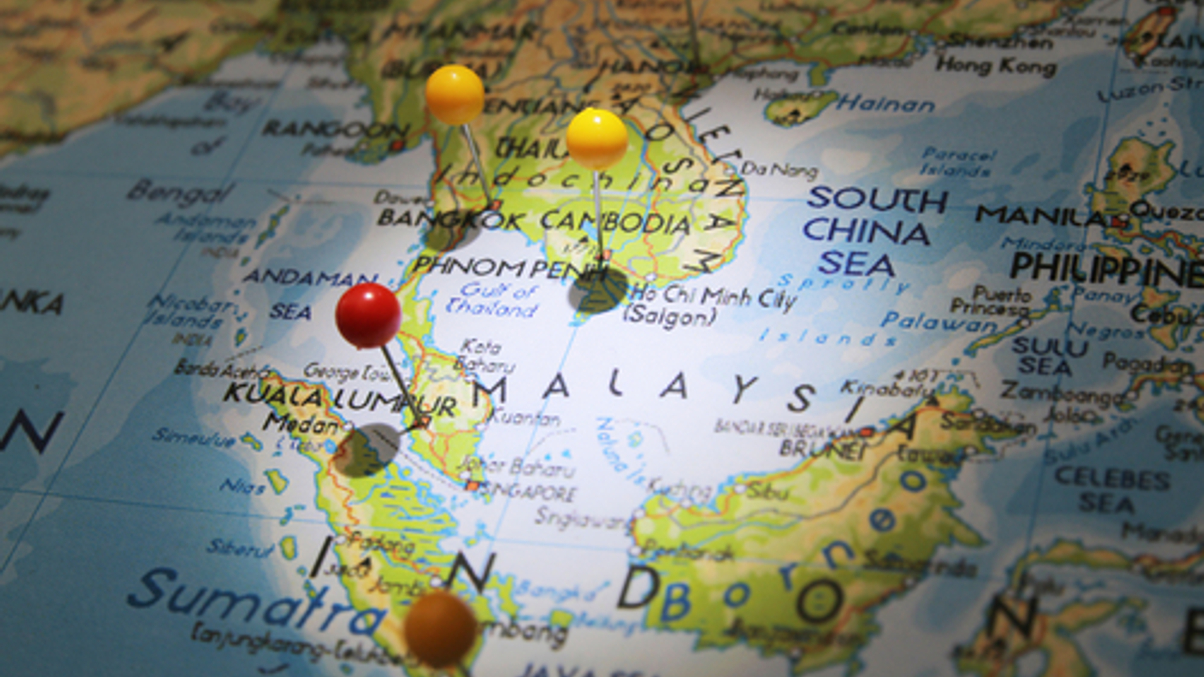Market Views: Will Southeast Asia see a slowdown?
South and Southeast Asia have been an oasis of calm amid global uncertainty, but can the region maintain this level of calm? Five fund managers offer their views.

As the trade war between China and the US continues, countries in Southeast Asia have increasingly shone, amid positive gepolitical and economic news.
Sign In to Your Account
Access Exclusive AsianInvestor Content!
Please sign in to your subscription to unlock full access to our premium AI resources.
Free Registration & 7-Day Trial
Register now to enjoy a 7-day free trial—no registration fees required. Click the link to get started.
Note: This free trial is a one-time offer.
¬ Haymarket Media Limited. All rights reserved.


